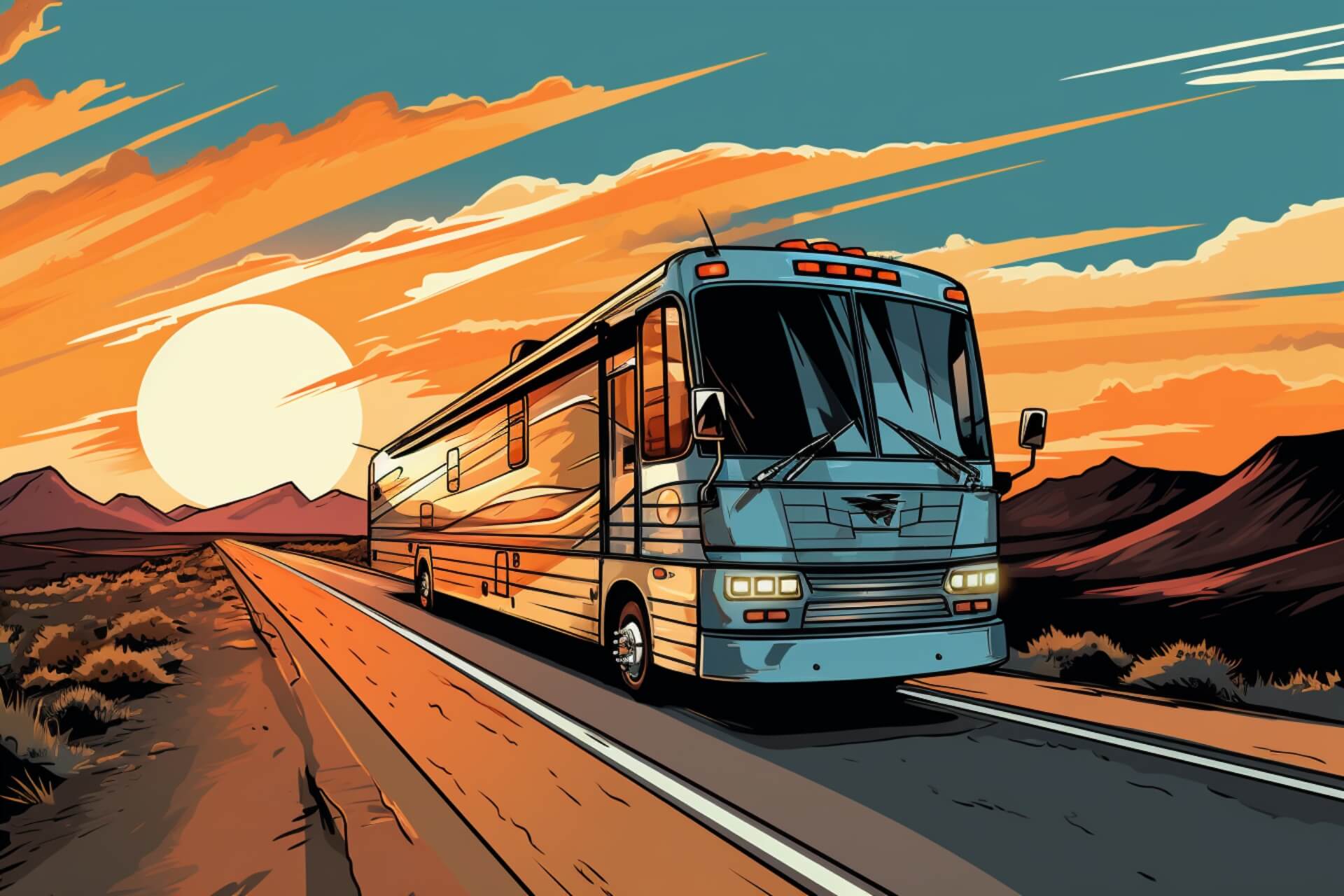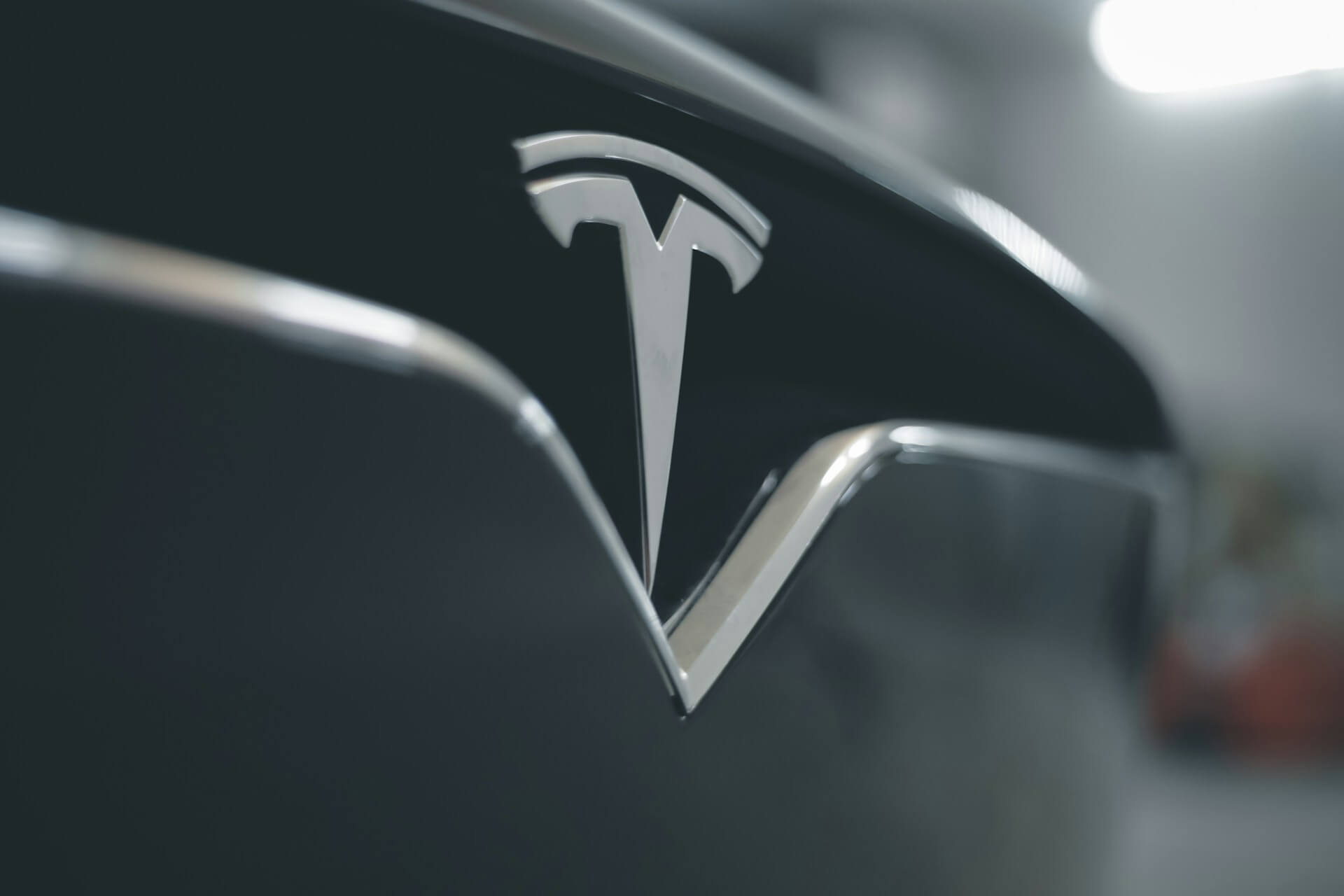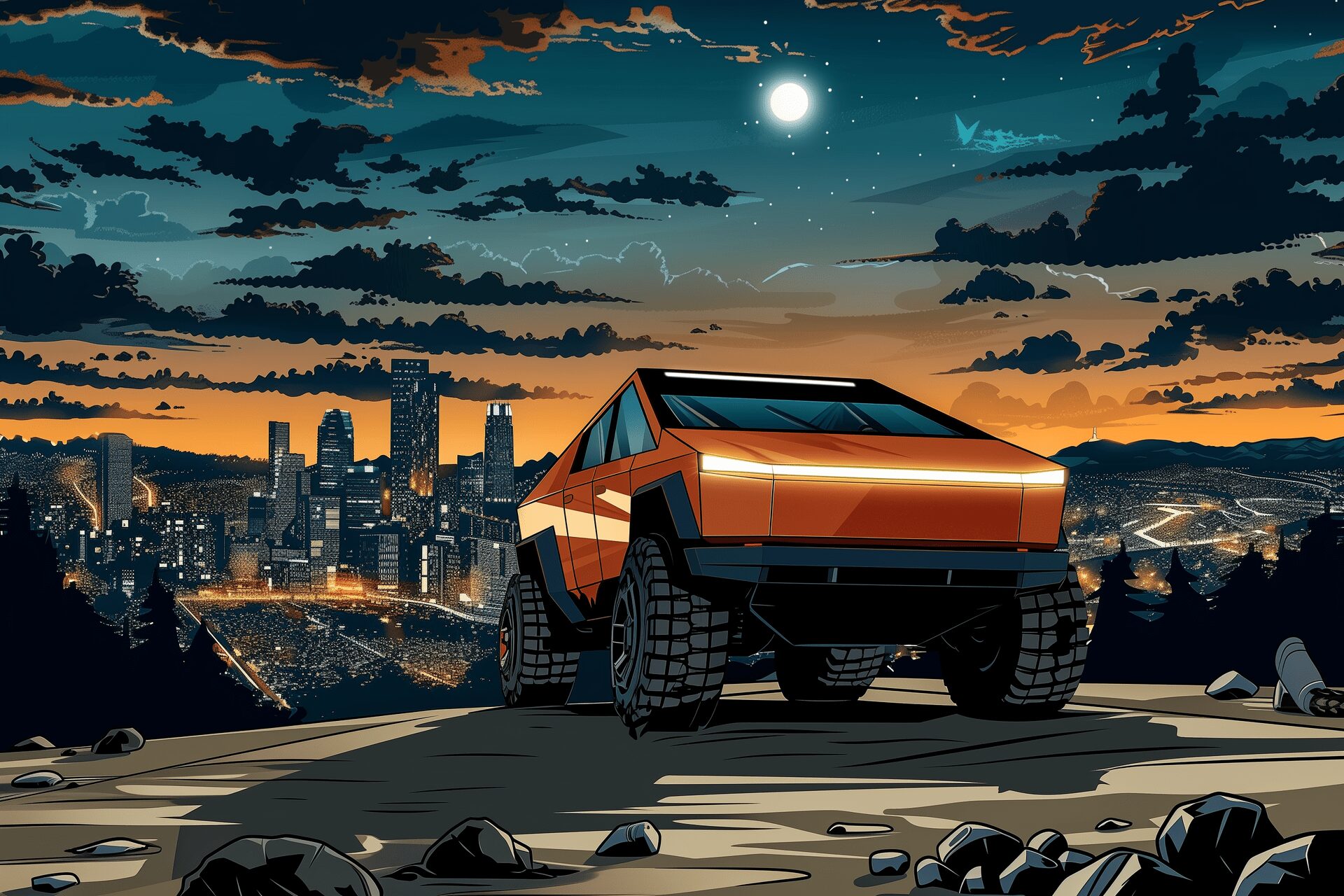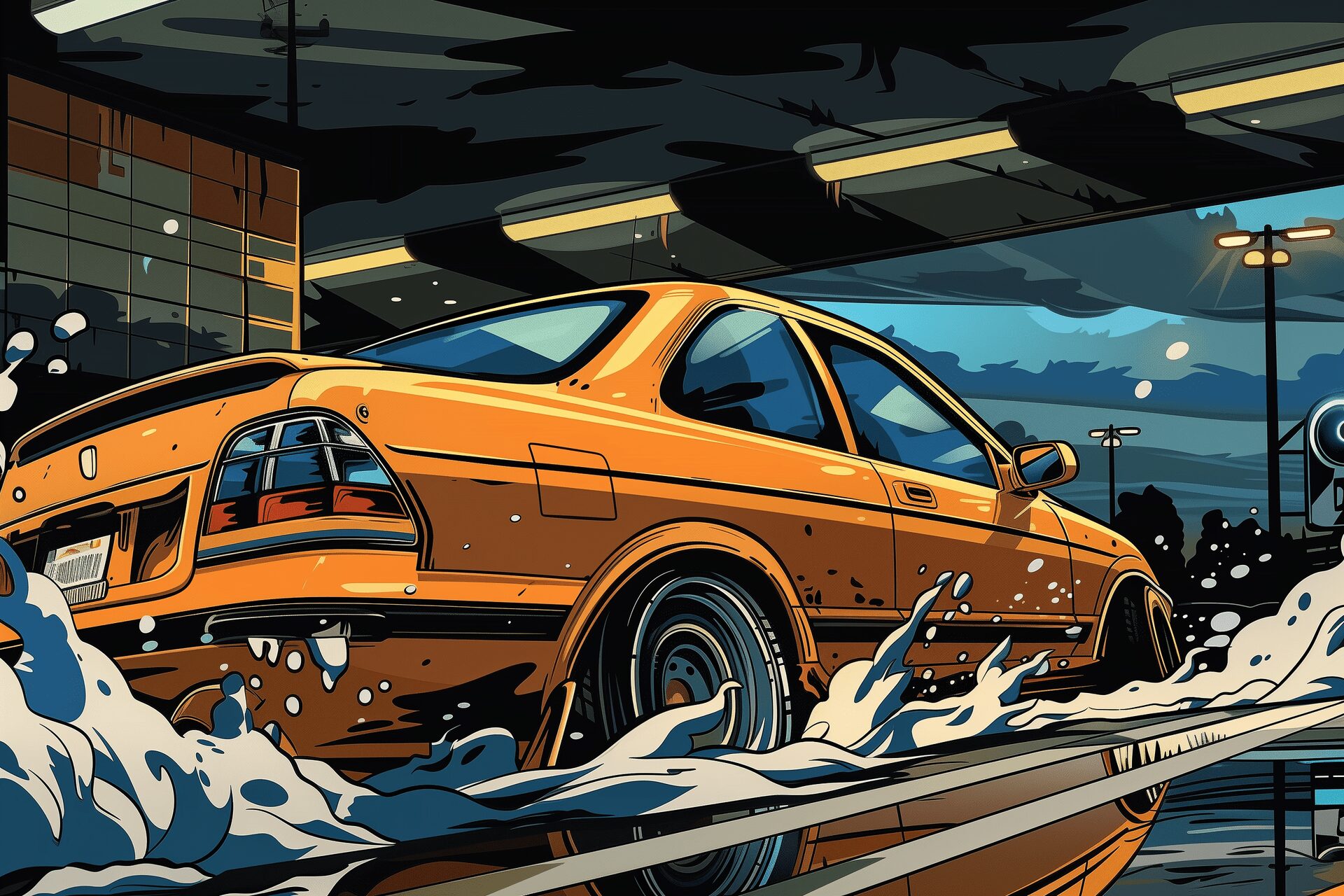Tesla Model X Catches Fire on Frozen Lake Champlain
Mar 01, 2019

As an Amazon Associate, Modded gets commissions for purchases made through links in this post.
I went hiking last night on Shelburne Bay, part of a very frozen Lake Champlain in Vermont. I saw what looked like half a car in the distance but didn’t think anything of it. So imagine my surprise when I saw articles from Popular Mechanics, Jalopnik, and Electrek saying that what I saw was the remains of a Tesla Model X that had burned to a crisp a few minutes from my house.
Economical, Yes. Rugged, Maybe
The Model X is a crossover, a vehicle designed to evoke the thought that it might on occasion venture off-road. In fairness, the falcon-doored SAV has enough clearance and capability to manage the average jaunt to an overnight campsite.
The owner of the car in question was going ice fishing when he bumped the car’s battery on a rock, according to Shelburne Police. The vehicle began making noises and soon caught fire. While there’s been some talk of insurance fraud, the incident is similar enough to other examples of Teslas catching fire that battery failure is the most probable culprit here.
Was it really a rock though? I’m not so sure. I ventured out to the lake to see for myself.
What Caused the Fire?
There aren’t a whole lot of rocks just chilling on the surface of a frozen lake. I saw zero, actually. When I heard that the car struck a rock, I had my doubts.
However, I think I do have an explanation. In the summer, there are floating docks in the area, and the bay is full of boats. The docks get removed, but the concrete and metal poles that they tie the boats to do not. They are now firmly frozen in the ice, sometimes sticking up 6 to 12 inches or more. They might seem obvious, but if you’re not looking for them, I can see how you could run over one.
Plus, some were covered slightly in snow, and if you were in a car that’s somewhat low to the ground, it would be easy to snag the bottom of your car with one.
These poles are firmly planted in the ice and could cause some serious damage to the batter. As we’ve seen before, these batteries can explode when the Lithium is exposed to air. I don’t know for sure, but my theory is that one of those poles was to blame. Well, that, and the driver.
Fire and Ice Don’t Mix… or Do They?
Observers have noted that the way the car burned over a frozen lake is suspicious, why didn’t the car burn through the ice? The thermodynamics of this situation are actually completely normal. Much like the way that you can hold a candle from the base without it burning you, the heat from this fire would be most intense above the car. So there was some ice melt around the vehicle, but not enough fire to bore a hole in the top of frozen Lake Champlain.
No one was harmed in this expensive example of “baked Teslaska,” but it does add to a long line of blows against Tesla’s safety record.
Cleaning Up the Mess
When I arrived this morning, I first thought I was too late to see anything. A tow truck was holding a pile of Tesla Model X scraps, and as I walked onto the ice another truck was carrying a load back. Still, I ventured onward to see what I could find.
I arrived to see two workers chipping away at the burnt carcass. It’s not a job that would want. They had been there four hours and still had quite a bit to go.
I talked to them a bit, and they said it was still a bit of a mystery how it all happened. I heard and felt a very loud crack in the ice and had a slight moment of panic, but they said you get used to it after a while. Still, I didn’t feel comfortable enough to stay too long.
When asked about the methods for removing the car, they told me they originally brought propane tanks to heat up the metal, but quickly found out that dumping salt on the ice around the car worked much better.
Thankfully, they should be able to clear most of it out. I go fishing in the area quite a bit, and the last thing I want to catch is a Tesla Model X.





